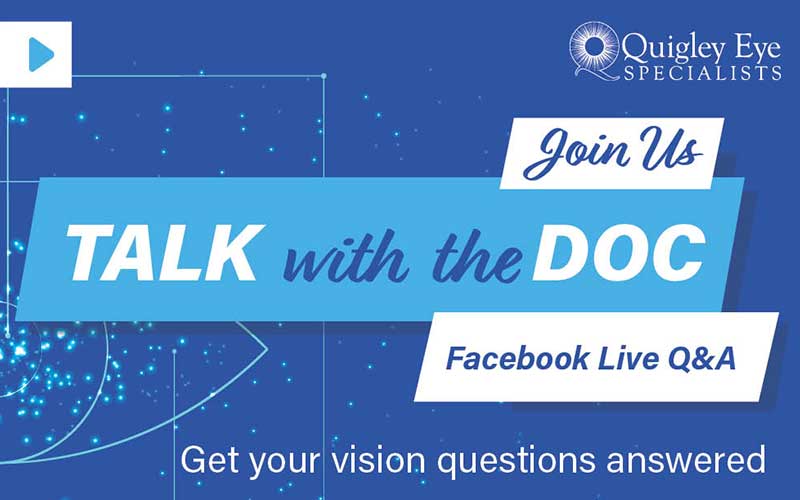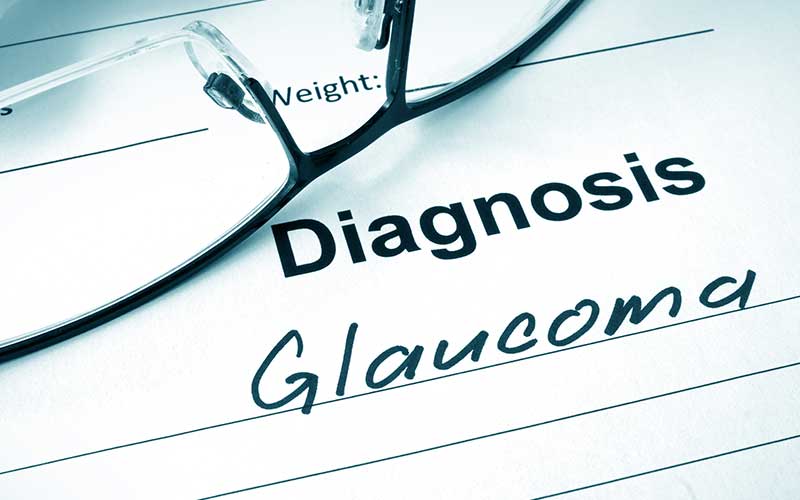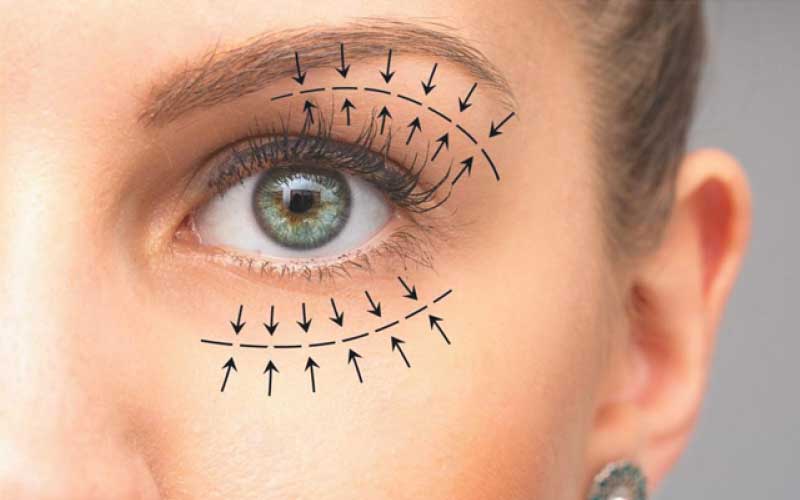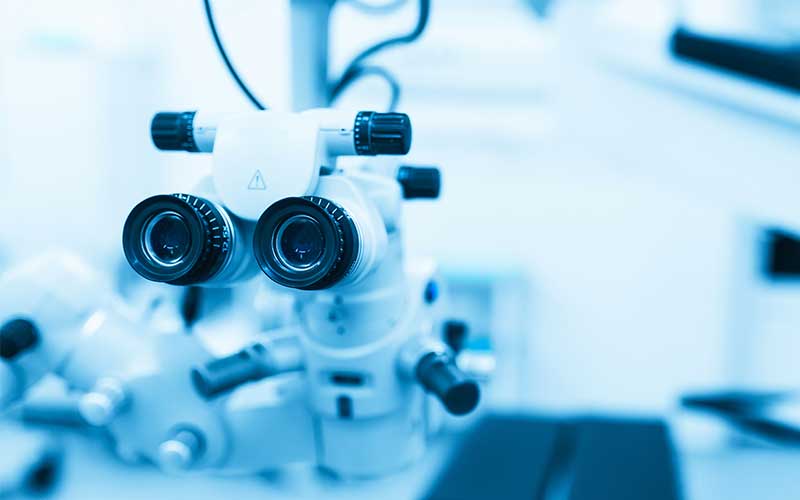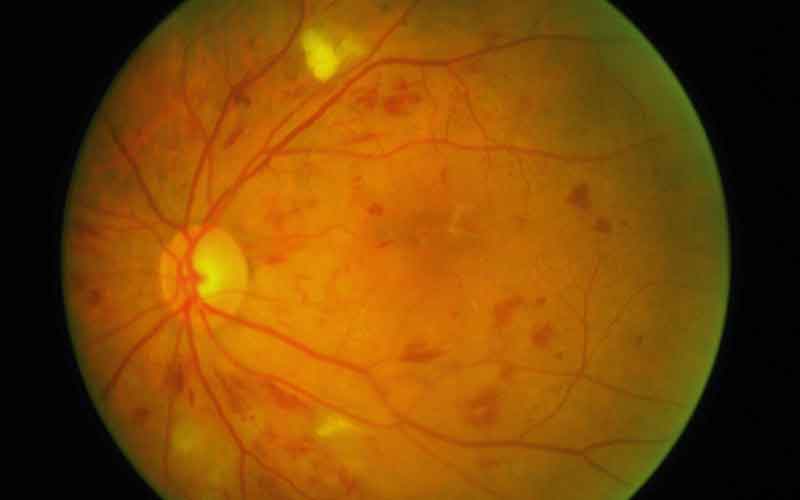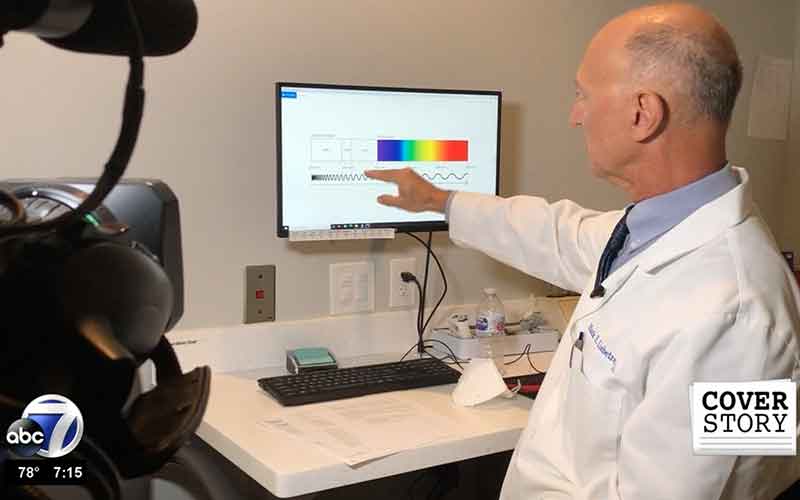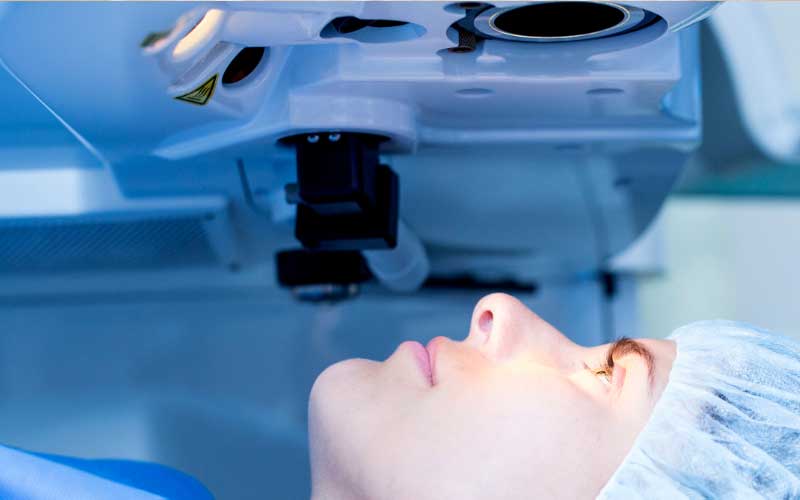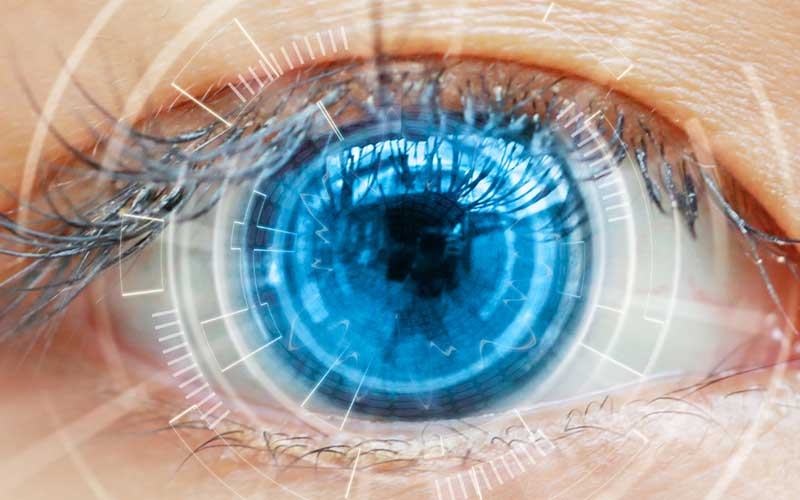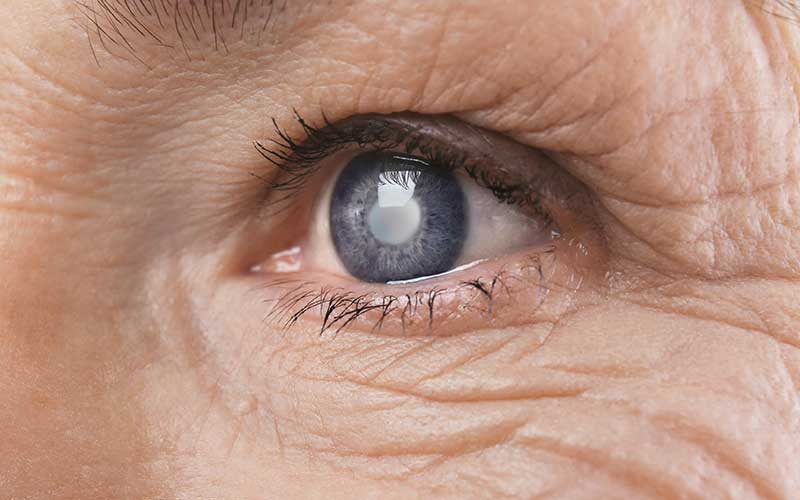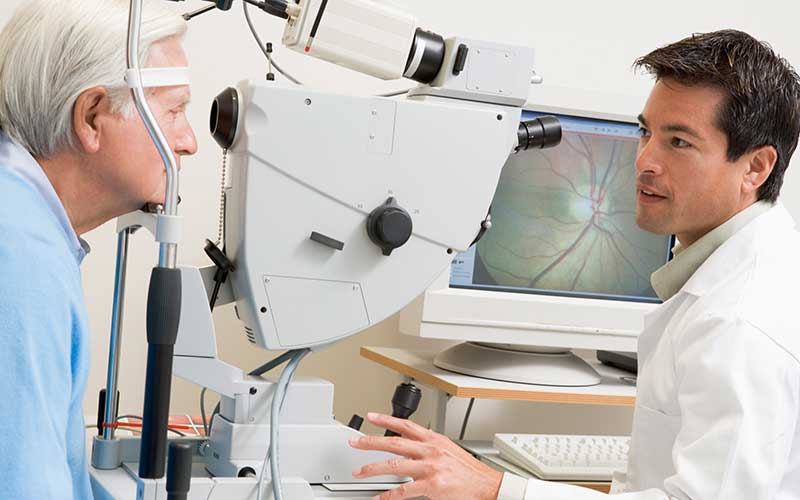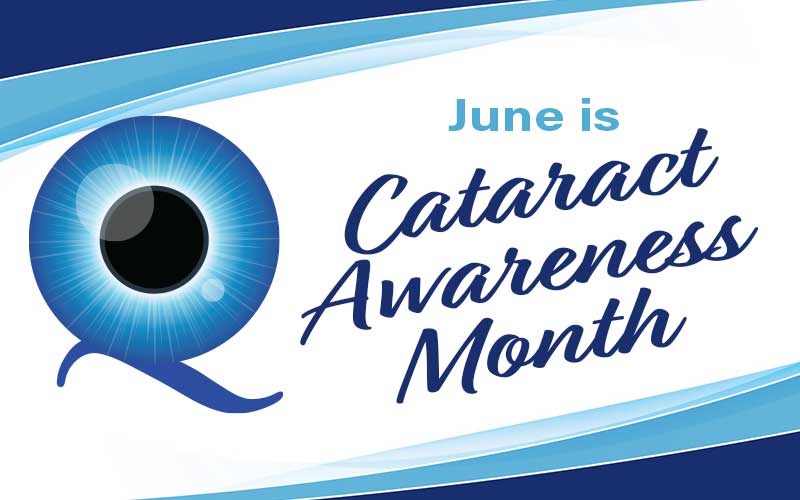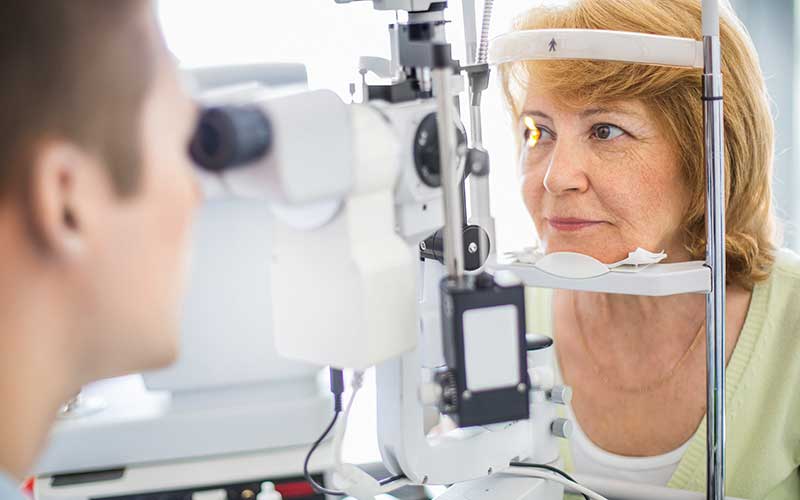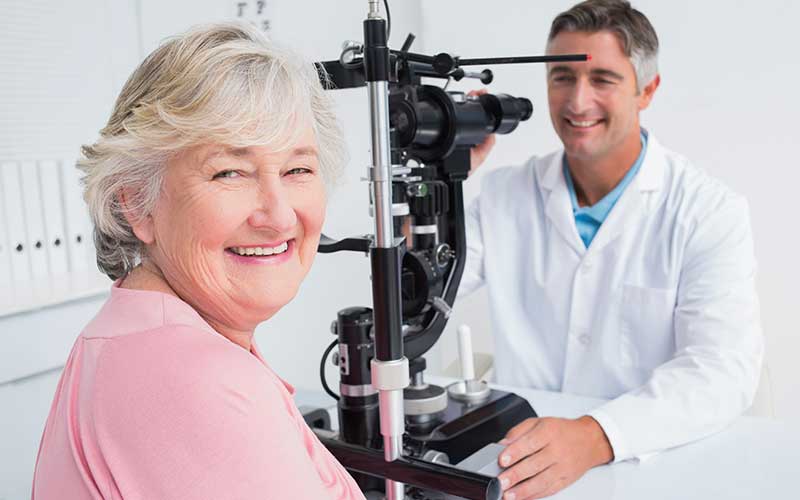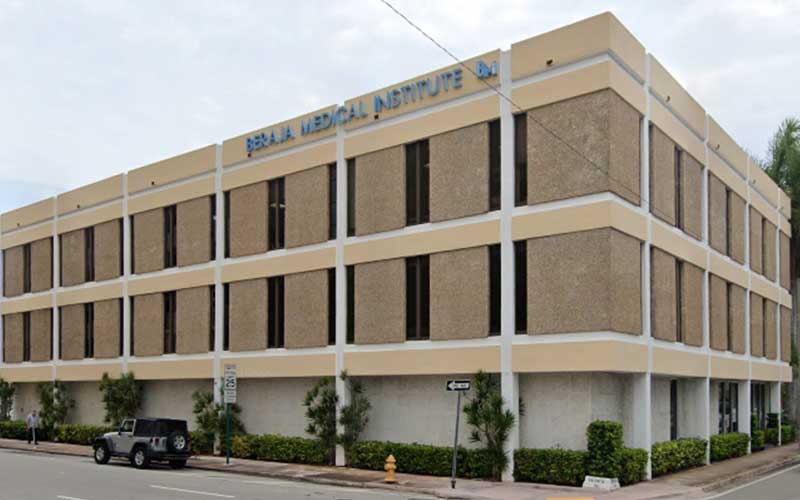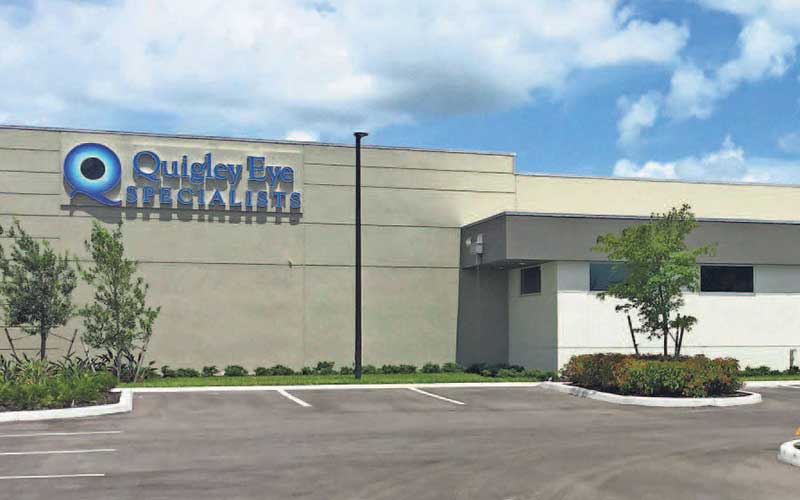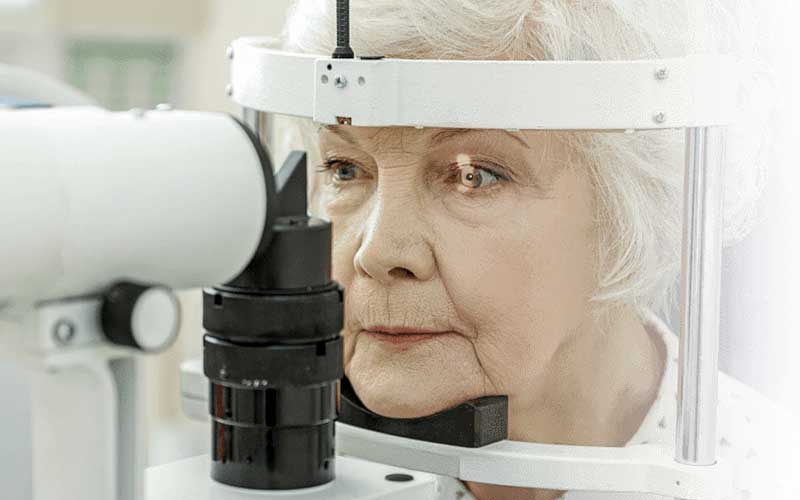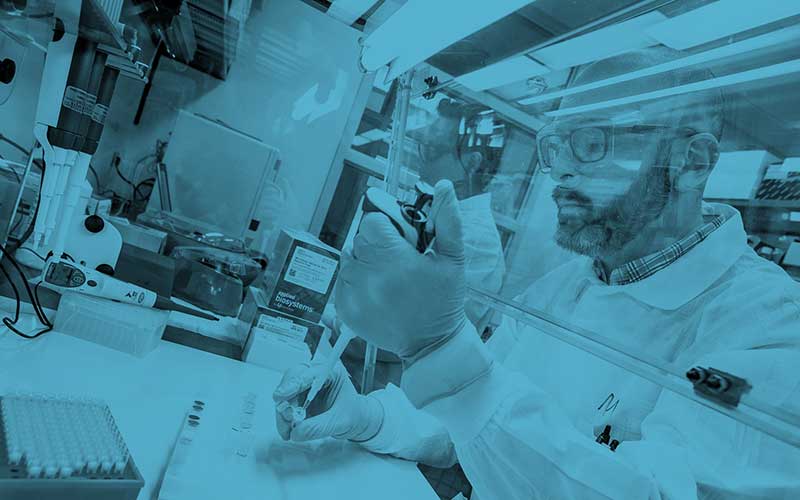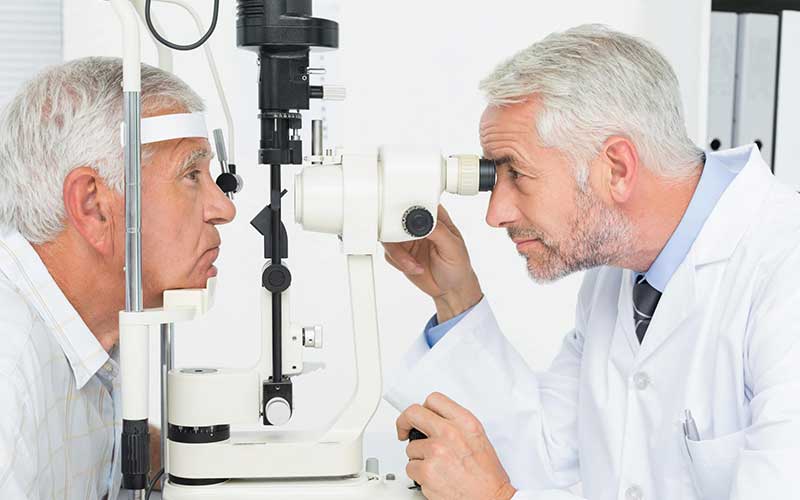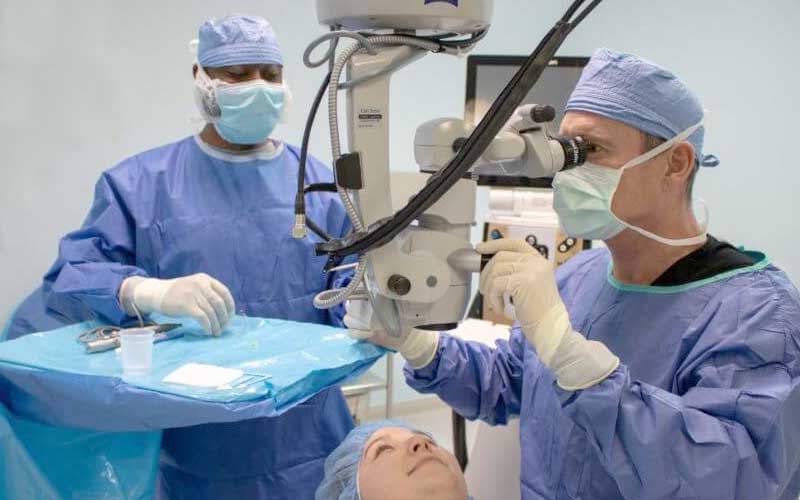Glaucoma is sometimes referred to as the “silent thief of sight” because there are no symptoms, discomfort, or noticeable changes in vision during the early stages of the disease. If left untreated until loss of vision is detected, the damage can be irreversible. However, vision loss can be prevented if the glaucoma is detected and treated early.
Glaucoma is usually diagnosed by detecting increased pressure in the eye, which can damage the optic nerve. One of the most challenging aspects of Glaucoma is its subtle onset, so early detection by your eye doctor is extremely important. At Quigley Eye Specialists, we’re committed to detecting the early signs of Glaucoma and working with and educating our patients about Glaucoma and its early indicators.
The Subtle Onset of Glaucoma
Peripheral Vision Loss
The first and most common sign of Glaucoma is a gradual loss of peripheral (side) vision. This can occur in both eyes and often goes unnoticed until it becomes more severe. In the early stages, you might not realize you’re losing your side vision, as you may unconsciously turn your head to compensate.
Regular comprehensive eye exams that include measurements of eye pressure and a thorough examination of the optic nerve are essential. Visual field tests can also help detect early peripheral vision loss.
Other Potential Early Signs
While peripheral vision loss is the most common early sign, there are other symptoms that can sometimes appear, depending on the type of Glaucoma.
There are two types of Glaucoma, the slowly progressive type with few symptoms (Open-angle Glaucoma) and the acute rapid onset Glaucoma or narrow-angle Glaucoma.
Unlike open-angle Glaucoma, with narrow-angle Glaucoma, there are early symptoms, including:
- Ocular Pain and Headaches: In acute angle-closure Glaucoma, a sudden increase in eye pressure can cause severe eye pain, headache, and even nausea or vomiting.
- Halos Around Lights: Some people with acute Glaucoma report seeing halos around lights, especially in low-light conditions.
- Blurred Vision: Although less common, blurred vision can sometimes be an early sign of both types of Glaucoma.
The Importance of Regular Eye Exams
Glaucoma is often diagnosed during a routine eye exam before symptoms become apparent. This is why regular eye exams are so important, especially if you’re at higher risk for the disease. Risk factors include age (the risk of Glaucoma increases as we age), family history of Glaucoma, African or Hispanic heritage, and certain medical conditions like diabetes.
Don’t Wait for Symptoms – Get Screened for Glaucoma
If you’re concerned about Glaucoma or have risk factors for the disease, don’t wait for symptoms to appear. Early detection and treatment are crucial in managing Glaucoma and protecting your vision. At Quigley Eye Specialists, we use the latest technology and techniques to diagnose and treat Glaucoma, helping you preserve your sight.
Contact Quigley Eye Specialists
Schedule an appointment with us for a comprehensive eye exam. Our expert team is dedicated to providing the highest quality care and ensuring the health of your eyes. Let us help you safeguard your vision against the silent threat of Glaucoma.







